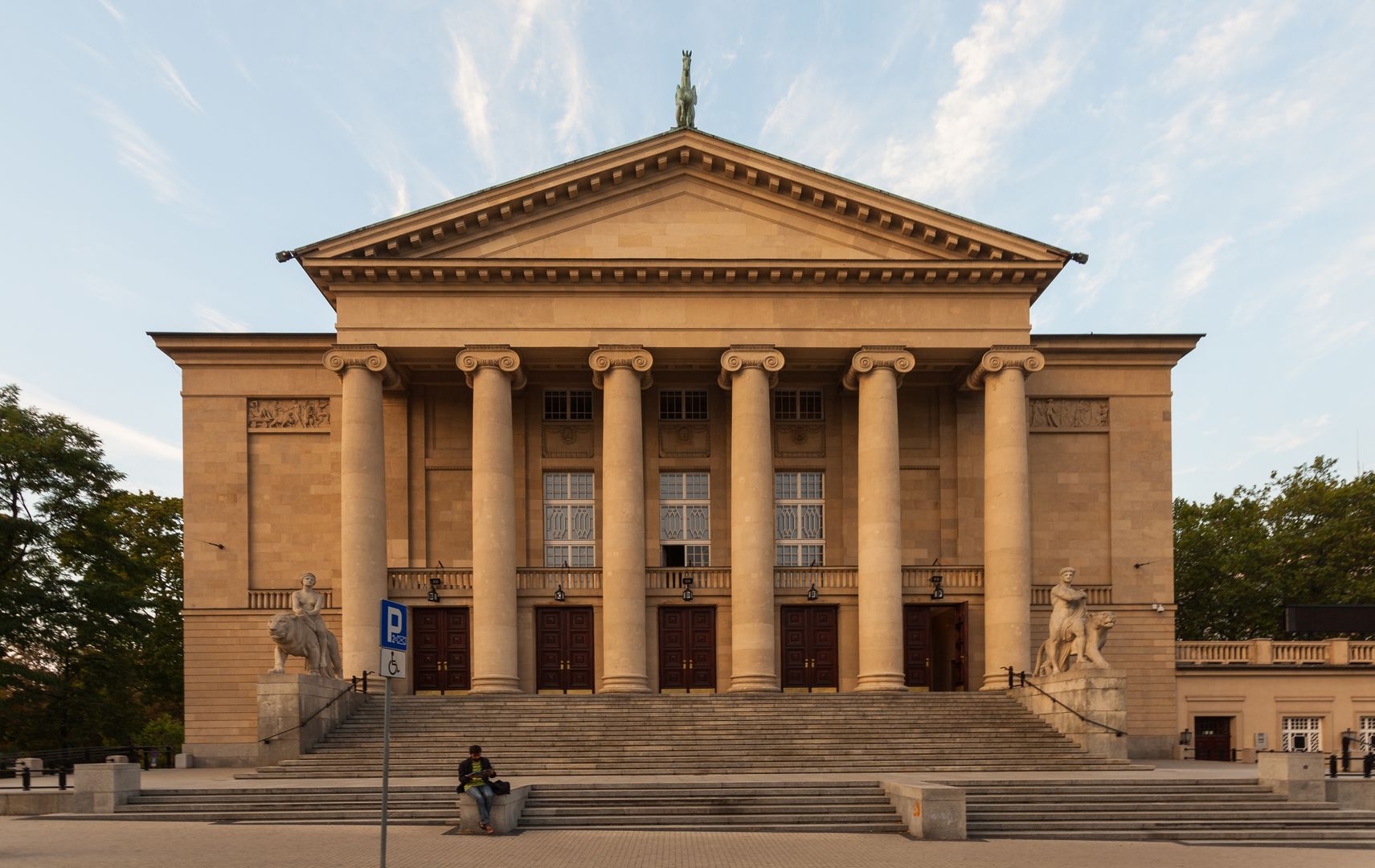The Stanisław Moniuszko Grand Theatre in Poznań
6.89

Overview
The Stanisław Moniuszko Grand Theater in Poznań, located at 9 Fredry Street in the Imperial District, is one of the most important cultural institutions in Poland. The building, designed by Max Littmann and opened in 1910, initially served as the Municipal Theater. In 1919, after being taken over by Poles, the inauguration of the Polish opera theater took place with the premiere of Moniuszko's "Halka." During the interwar period, the theater experienced both artistic successes and financial difficulties, which were overcome thanks to the involvement of President Cyryl Ratajski. During World War II, the building was transformed into the German Grosses Haus, and the repertoire primarily included works by Wagner and propaganda performances. It served as a point of resistance, and after the war, on June 2, 1945, the Theater began operating as the Poznań Opera, becoming the first opera theater in Poland to resume activities after the war. Architecturally, the theater is characterized by a monumental classical-style portico, with sculptures symbolizing Lyric and Drama, as well as impressive Ionic columns. The interior is adorned with rich decorations and a crystal chandelier, and in front of the building, there is a fountain that enhances its artistic symbolism. The theater is renowned for organizing numerous opera and ballet premieres, and its repertoire includes world premieres and Polish adaptations. It stands out for the participation of outstanding artists, including soloists and directors, who have contributed to its renown. The theater has received numerous awards and honors, including the Order of the Banner of Work, First Class, and multiple recognitions for promoting Verdi's music. An interesting fact is that by 2015, the Stanisław Moniuszko Grand Theater had staged as many as 713 premieres, making it not only an important venue for opera culture but also a symbol of Polish theatrical art.
Location
Tickets
Powered by GetYourGuide
2025 Wizytor | All Rights Reserved